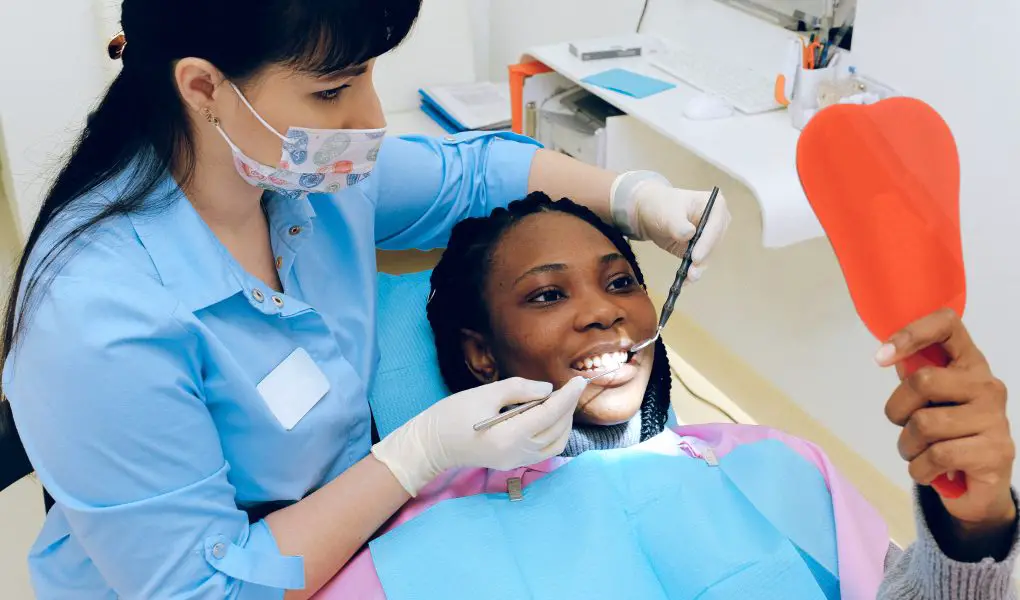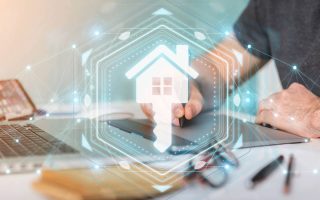As technology continues to advance, healthcare is becoming increasingly accessible and affordable.
Teledentistry is an emerging field that combines telecommunication and dentistry to provide dental care from a distance.
ChatGPT, a language model developed by OpenAI, can help improve the accessibility of teledentistry by facilitating communication between dentists and patients.
In this blog post, we will discuss the benefits of teledentistry and how ChatGPT can enhance this service.
What is Teledentistry?
Teledentistry is the use of telecommunication and information technologies to provide dental care and consultation from a remote location.
It involves the use of video conferencing, digital images, and other forms of communication to deliver dental services.
Teledentistry is beneficial in situations where patients have limited access to dental care due to geographic, economic, or other barriers.
Teledentistry services can include:
- Remote consultations and diagnosis
- Treatment planning
- Prescription of medication
- Patient education
- Referrals to specialists
Teledentistry can improve access to care for underserved populations and reduce the cost of dental care. It can also improve patient outcomes by providing timely and convenient care.
How can ChatGPT Enhance Teledentistry?
ChatGPT can assist dentists in diagnosing dental problems by analyzing symptoms and providing recommendations. Patients can describe their symptoms to ChatGPT, which can then provide a preliminary diagnosis and suggest appropriate treatment options.
Dentists can use ChatGPT’s analysis to make more informed decisions about patient care.
1. Patient Education.
Patient education is an essential component of teledentistry.
By using ChatGPT, dentists can provide patients with accurate and up-to-date information about dental procedures, oral health, and treatment options. Patients can ask questions and receive answers in real-time, allowing them to make informed decisions about their dental health.
One advantage of using ChatGPT for patient education is that it can provide patients with access to information 24/7. Patients can access ChatGPT through their computer or smartphone and receive information about their dental health whenever they need it. This can be especially beneficial for patients who may not have access to a dentist or dental hygienist and may have questions or concerns about their oral health.
ChatGPT can also provide patients with personalized education. Patients can ask questions about their specific dental condition, and ChatGPT can provide tailored responses based on the patient’s symptoms and medical history.
This can help patients understand their condition better and make more informed decisions about their treatment options.
Additionally, ChatGPT can help patients understand complex dental terminology.
Many patients may be unfamiliar with dental terms and may find it difficult to understand the information provided by their dentist.
By using ChatGPT, dentists can explain dental terms in plain language, making it easier for patients to understand their diagnosis and treatment options.
Finally, patient education through ChatGPT can improve patient compliance. Patients who understand their condition and treatment options are more likely to follow their dentist’s recommendations and maintain good oral health.
By providing patients with the information they need to make informed decisions, ChatGPT can improve patient outcomes and prevent the need for more invasive and expensive procedures.
2. Remote Diagnosis.
Remote diagnosis is another critical component of teledentistry. By using ChatGPT, dentists can diagnose dental conditions and provide treatment recommendations without the need for an in-person visit. This can be especially beneficial for patients who live in rural areas, have mobility issues, or cannot take time off work to visit a dentist.
ChatGPT can help dentists diagnose dental conditions by asking patients a series of questions about their symptoms and medical history. The chatbot can use natural language processing to understand the patient’s responses and provide a diagnosis based on the information provided. The dentist can review the diagnosis and treatment recommendations and provide the patient with a prescription, if necessary.
Remote diagnosis through ChatGPT can be used for a variety of dental conditions, including tooth decay, gum disease, and oral infections. ChatGPT can also be used to monitor the progress of treatment and adjust treatment recommendations as needed.
One advantage of remote diagnosis through ChatGPT is that it can reduce the need for in-person visits. Patients can receive a diagnosis and treatment recommendations without leaving their home, saving time and money.
This can be especially beneficial for patients who live in rural areas or have limited access to transportation.
Remote diagnosis through ChatGPT can also improve patient outcomes. Patients who receive timely and accurate diagnoses are more likely to receive appropriate treatment and experience better outcomes.
By providing patients with access to remote diagnosis through ChatGPT, dentists can improve patient outcomes and prevent the need for more invasive and expensive procedures.
3. Language Translation.
Language translation is another important aspect of teledentistry, especially for patients who speak languages other than the primary language spoken in the country where they reside.
By using ChatGPT, dentists can communicate with patients in their native language, improving patient understanding and compliance with treatment recommendations.
ChatGPT can translate dental terminology and instructions into multiple languages, allowing dentists to communicate with patients who may not speak the same language as the dentist. This can be especially beneficial for patients who live in areas with a diverse population, where there may be a significant language barrier between the dentist and patient.
One advantage of using ChatGPT for language translation is that it can improve patient understanding of their dental condition and treatment options. Patients who understand their diagnosis and treatment recommendations are more likely to comply with their dentist’s instructions and maintain good oral health.
By giving patients information in their native language, ChatGPT can improve patient compliance and reduce the risk of complications.
Language translation through ChatGPT can also save time and reduce costs. Dentists who don’t speak the patient’s language may need to hire a translator or rely on family members to translate. This can be time-consuming and can lead to misunderstandings.
By using ChatGPT, dentists can communicate with patients directly, saving time and reducing the need for additional staff or resources.
Finally, language translation through ChatGPT can improve access to dental care for underserved populations. Patients who speak languages other than the primary language spoken in their country may have limited access to dental care due to language barriers.
By providing patients with access to language translation through ChatGPT, dentists can improve access to care and ensure that all patients receive the same level of care, regardless of their language.
4. Appointment Scheduling.
ChatGPT can be used to schedule appointments, send reminders, and confirmations to patients. This can reduce no-show rates and improve patient access to care.
Benefits of Teledentistry.
Teledentistry offers numerous benefits, including:
1. Improved Access to Care.
Teledentistry can provide dental care to patients who live in rural or underserved areas where dental care is not readily available.
Patients can receive consultations and treatment from the comfort of their own homes, reducing the need for travel and time away from work.
2. Cost Savings.
Teledentistry can reduce the cost of dental care by eliminating the need for office visits, reducing travel expenses, and minimizing the need for specialized equipment. This can make dental care more affordable for patients who may not have access to traditional dental care.
3. Convenience.
Teledentistry can provide patients with convenient access to dental care without having to take time off work or rearrange their schedules. Patients can receive care at any time and from any location with an internet connection.
4. Improved Patient Outcomes.
Teledentistry can improve patient outcomes by providing timely care and reducing the risk of complications. Patients can receive care quickly, reducing the risk of infection and minimizing the need for more invasive and expensive procedures.
Conclusion.
Teledentistry is an innovative and cost-effective solution for expanding access to dental care. By utilizing ChatGPT, dentists can improve communication with patients and provide them with timely and accurate information. Patients can benefit from the convenience, cost savings, and improved outcomes that teledentistry provides.
With the continued advancement of technology, teledentistry will become even more accessible and beneficial for patients worldwide.
If you are interested in learning more about teledentistry and how ChatGPT can enhance this service, reach out to your local dentist or healthcare provider. They can provide you with more information and guidance on how to access teledentistry services.
Together, we can work towards improving access to dental care for everyone.




